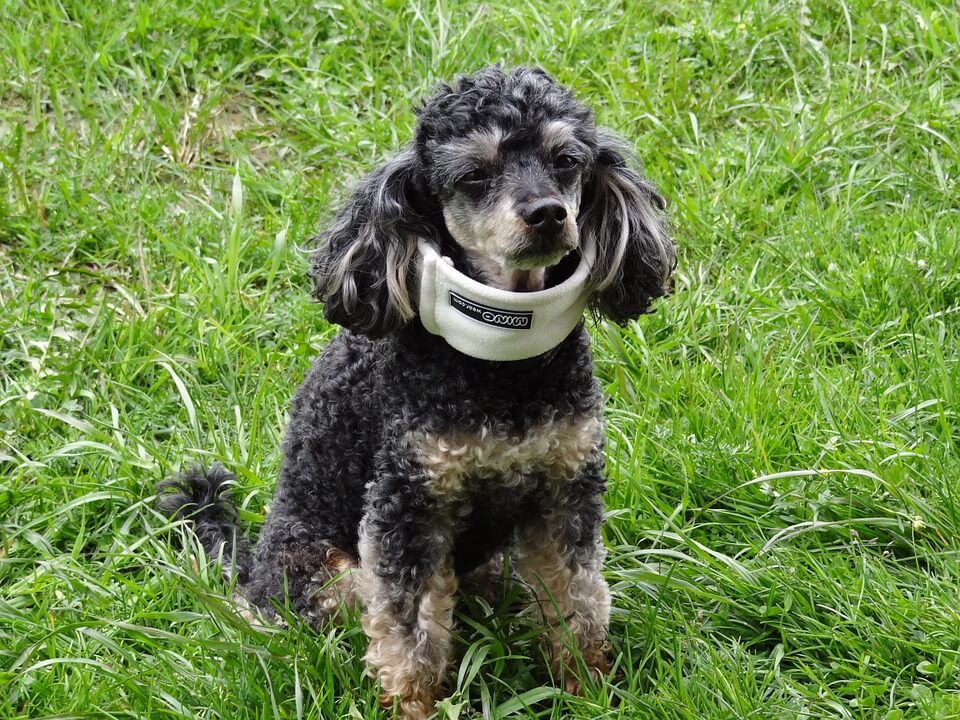First Aid Tips Every Pet Owner Should Know

Our pets are playing important roles in our households. Not only are they a form of hobby or an avenue for animal care, but pets are also emotional support animals and trustworthy companions. Thus, it should be fitting that we do our best to look after their well-being and keep them in good shape. Another important thing we should do for our pets is to learn first aid and know what to do if our pet is hurt and unwell. Knowing how to respond to our pet’s emergencies can have many benefits for us and our pets.
Stay Calm
If your pet is involved in an accident or emergency, keep yourself calm and collected. Think first about the situation and what are the causative factors that led to the injury. Your pets can feel or read your reactions, so avoid panicking, getting anxious or getting agitated during a pet emergency. If the injury is not severe and your pet is responsive, talk to them in a soothing and approach them with care by slowly drawing closer from the side and facing sideways. Avoid direct eye contact and confrontational body language in order to keep them calm and gain their cooperation.
Assess the Injury
Use your senses to carefully assess the injury of your pet. Listen carefully to their cries of pain and how loud and frequent they cry. If your pet lies immobile, but responsive, do a close ocular inspection of the injury and be careful not to move or agitate your pet into moving to avoid further injuries. If there are no visible injuries, but your pet is in obvious distress, try a careful approach and feel your pet for the parts that are affected. This is especially useful in cases of poisoning, choking and internal injuries. If you are not sure about the extent of the injury or if your pet is inconsolable and unapproachable, contact the nearest available emergency vets in your area. During times of uncertainty when your pet is injured, it is best to leave the assessment and first response to professionals.
Choking
Choking is one of the most common injuries and emergencies that can happen to omnivorous pets, like cats and dogs. Due to their tendency to eat almost any type of food, there is a tendency that they may eat or swallow a large food part, like a chunk of meat, a bone or a non-food item. Choking can obstruct the airway passage, so best let a veterinarian diagnose and treat your pet. If their gums or tongues are turning blue, try to pry open their mouths from the muzzle and be careful not to cover the nostrils. Use needle-nose pliers to remove the visible lodged object. Take extra care not to push the object farther down into the throat. Be very careful because an animal in this situation may panic and bite.
A less aggressive approach would be to lay your pet on their side and then place your hands at the very end of their rib cage. Push gently down and slightly forward, then apply pressure in quick firm strokes. If these first aid steps don’t work, bring your pet to the vet immediately.
Poisoning
If you believe that your pet has ingested something toxic, call your vet or the ASPCA Animal Poison Control hotline ((888) 426-4435) immediately. Never induce vomiting or do mouth-to-snout resuscitation on your pet. Many toxins are corrosive, and vomiting may damage the esophagus or cause choking. Also, mouth-to-snout resuscitation can put into you in danger as well due to contamination. It is best to bring your pet to the nearest vet for proper treatment right away.
Cuts, Punctures or Bites
All types of wounds, such as cuts, punctures or bites can be infected if not treated properly. If the wound is not bleeding, remove any dirt and foreign materials you see on or around the wound and clean the wounded area with sterile saline solution or clean water. Do not use hydrogen peroxide or alcohol as these can irritate your pet’s wound even further and damage their tissue. Apply clean gauze and wrap a bandage around the wound to keep it clean and stop your pet dog or cat from licking the wound. In case of visible bleeding, cover the wounded area with sterile gauze and a soft clean towel and apply direct pressure on the wound until a clot form. In case of an object lodged or penetrating the wound, do not attempt to remove it. If the wounded area gets swollen, pus-filled and your pet isn’t feeling any better, have your pet checked by a vet for possible infection.
Fractures
Broken bones need the immediate attention of a vet. To avoid further injury, prevent your pet from running off. Again a calming approach can help achieve that. You can use everyday household objects to make a temporary splint while you bring your pet to the vet. These objects include toilet roll tubes, bubble wrap and tape for securing the injured body part. When transporting your pet, a boot cover can provide a secure makeshift stretcher.

There can be many unavoidable emergencies that our pets may face. For us to show our care for them, we need to learn basic first aid techniques to help them while we call the vet and transport them. Also, knowing the effective first response to pet injuries and accidents can help improve the outcome of their treatment and help improve their recovery. Thus, knowing what to do during a pet emergency can help ensure your pet’s survival.
839GYLCCC1992




Leave a Reply